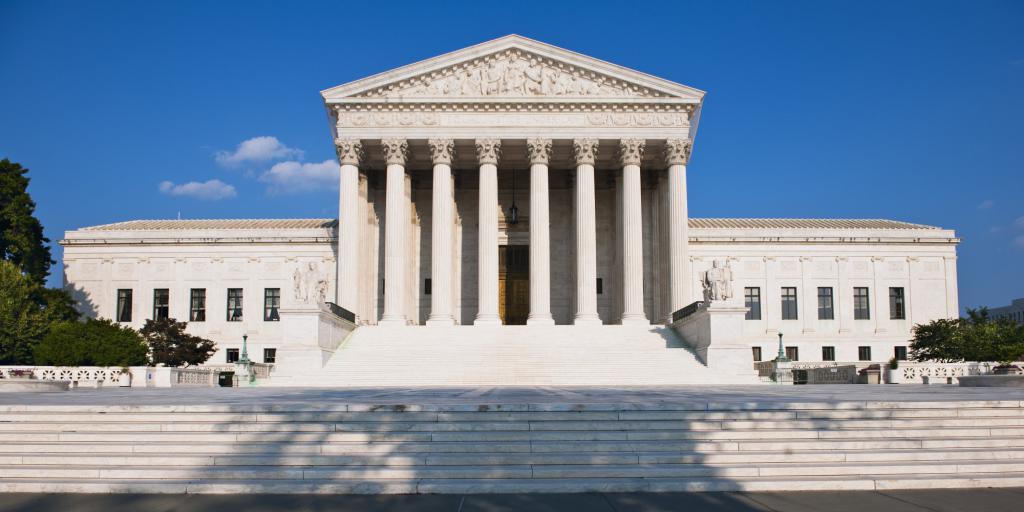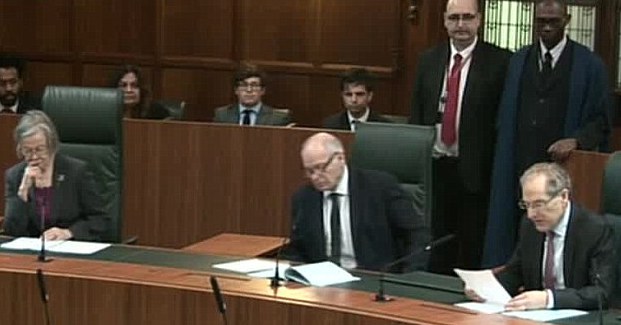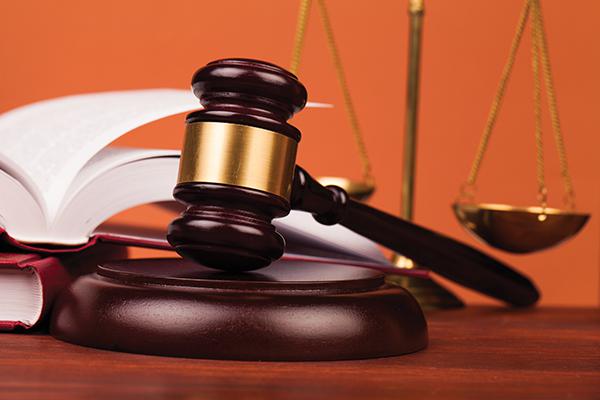The requirements for a judicial decision are divided into two groups: one affects its essence, the second - execution. All paragraphs describing the judicial act are interconnected, and the degree of their implementation should be the main assessment during the consideration of complaints in higher instances.
Legislative regulation
Code of Civil Procedure contains all the legislative provisions on the requirements for a judicial decision. All other normative acts have a subordinate nature, for example, instructions on paperwork, and reproduce the procedural code.

The decisions of the plenums, one of which is dedicated to the court decision, help to understand the law and clarify its proper application. The specified category of documents is general in nature and is not tied to specific cases.
At the same time, practice reviews periodically draw attention to errors made in real cases.
The concept of a judicial act
Judicial acts are the result of court actions prescribed by law. They exercise the powers of the servants of Themis. What is the concept and meaning of the judgment? And the requirements for it?
Firstly, it is a document that resolves the dispute on the merits. It is he who decides the fate of the lawsuit or application filed in a special proceeding. All other acts are either of an interim nature or the proceedings are terminated by them.

Secondly, the decision has legal force, that is, it must be executed unquestioningly by all citizens, authorities, enterprises and institutions, regardless of the organizational form or affiliation (in the sense of private, state or municipal property). This act is equal in its properties to the force of law and can only be repealed by a higher authority.
Thirdly, the degree to which the requirements are met determines the stability of the decision in higher authorities.
Adoption procedure
The decision is made in the deliberation room, where, except for the judges, no one should be. If there are reasonable doubts about the implementation of this rule, the judicial act in the course of the consideration of the appeal or other complaint is subject to immediate cancellation. Then the case is reviewed again. Perhaps this is the most important of the procedural requirements for a court decision.
Legality and validity
The two main requirements for a judicial decision are legality and validity.
Legality requires the court to take into account all regulatory acts relevant to the dispute. All procedural rules (provisions of the Code of Civil Procedure) must also be complied with in order to guarantee the fairness of the judicial act.

Validity means that all the circumstances of the case, which are of significant importance, have been studied, and the evidence underlying the decision has been obtained legally and is directly relevant to the dispute.
International and some judicial acts
A judge must take into account international acts adopted by the Russian Federation, in particular the Convention on Human Rights. Acts of the Constitutional Court are subject to mandatory implementation.
Both the legislation and the court decisions of the designated authorities apply regardless of whether the participants in the process referred to them.
Unfortunately, the last requirements for a court decision are far from being met by everyone, and no punishment has been established for this.
Document structure
It should consist of 3 parts. Among them:
- introductory part;
- motivation part;
- operative part.
Introduction
It includes:
- The name of the court.
- F.I.O. judge and secretary.
- Case number.
- An indication of who filed a claim (the essence of the requirements) or a statement to whose address.
- Date of issue.
Motivation part
According to the Code of Civil Procedure, the requirements for a judicial decision oblige a judge to:
- state the circumstances of the case;
- bring the parties' submissions;
- provide links to legislation;
- to evaluate the evidence presented, their legality, attitude to the case, as far as, for example, the results of the examination and testimony of witnesses are consistent with other evidence;
- the reasons why the judge rejected the evidence and did not agree with the arguments of the participants in the process.
The last paragraph most clearly reflects the degree of confidence of the judge in the correctness of the decision.
Often the arguments in the decision are ignored or distorted, which indicates the correctness of the plaintiff or defendant, respectively.

If the defendant agrees with the claim and the judge sees no reason to continue consideration of the dispute, no analysis of the arguments is made and reference is made to the defendant’s consent.
Today there is a draft law by which a judge is exempted from a full decision if the parties do not ask about it. Justices of the peace are already working on this procedure. And in their case, it is advisable to write an application for the issuance of such an act immediately after the meeting, where the introductory and operative parts were announced.
The operative part
It indicates the actual decision on the claim:
- refuse it completely;
- satisfy him completely;
- partially satisfy him.
The judge indicates with which requirements he agrees, in which he refuses. For example, it recognizes ownership, but refuses to evict the defendant. A common example is the partial recovery of monetary debt. If a share in the law is recognized, its size is 1/2, 1/8, etc. If it comes to money, the amount is indicated up to cents.

If the party of the plaintiff and defendant is represented by several persons, it is indicated in which part and in respect of whom the judge satisfies the claim.
The following describes the appeal procedure. In what time frame and where the complaint is sent. Unscrupulous judges often distort the rule of law by describing appeals to confuse citizens.
Registration
The document is printed by the assistant or judge, then printed. In the end, under the resolutory part, is the surname, initials and signature. If several judges participated in the decision, a signature is put by each of them.
A stamp is put on paper in the form of a form, which fits when the complete solution is made and when it entered into force.

The first paragraph is relevant, since the date of appeal is counted down from the date the full decision was made. A judge’s stamp is placed opposite the judge’s signature.
A document consisting of several sheets is necessarily filed with a tag, which is signed by the judge or assistant. The original is put in the folder with the case, a copy with the corresponding mark is given out to the hands of the participants in the process or representatives.
Finally
What can be said about the concept of a court decision, its content and requirements? This is an act of authority with the force of law. Requirements are presented both in terms of content and in terms of design. Ignoring them can lead to a cancellation or change of decision, although in essence it is correct.
Unfortunately, so far the emphasis is on compliance with formalities, and decisions are evaluated primarily from this position.
